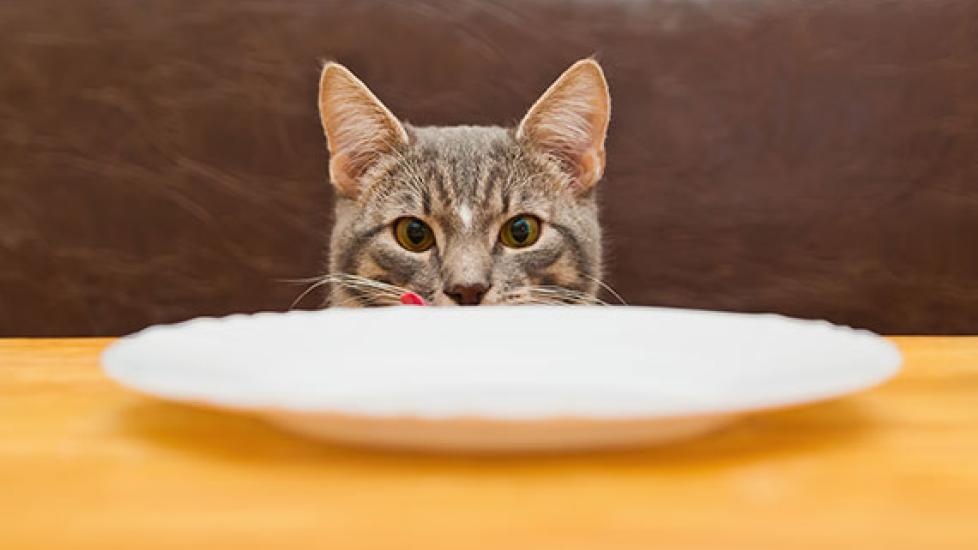Is Too Much Salt Dangerous for Cats?
Have you heard about the new salt warning that is going into effect in New York City? According to National Public Radio:
From now on, the New York City Health Department says chain restaurants with 15 or more locations must display a salt shaker icon next to menu items or combo meals that contain 2,300 milligrams of sodium or more.
The New York Health Department put forth this rule in an attempt to make people aware of just how much salt they are eating and its role in increasing the risk of heart disease, high blood pressure, kidney disease, and other health conditions. By chance, just as the New York rule was making headlines, I happened to run across a paper that looks into the link between sodium intake and feline health. The news appears to be better for cats than for people.
As the paper states:
Sodium restriction has been historically advocated for cats in some disease states (mainly cardiovascular and kidney diseases). This was essentially based on studies performed in other species or derived from human medicine recommendations. No study has confirmed to date the benefit of such dietary intervention in cats.
On the other hand, sodium supplementation has gained attention from some pet food manufacturers as a means to stimulate water consumption and enhance diuresis [the production of large amounts of dilute urine]. Urine dilution is indeed recommended as part of treatment or prevention strategies for feline lower urinary tract disease (FLUTD). In that context, expected and potential adverse effects of sodium supplementation in cats have been more thoroughly addressed in the past years.
The author looked at a number of published studies investigating the effect of salt intake on cats’
- urine composition, including the presence or absence of struvite and calcium oxalate crystals
- blood pressure
- heart structure and function
- kidney function
- bone density
While a few small differences were found in the laboratory parameters of cats who ate high versus low salt diets, none of the studies showed a significant effect on the important measurements, like blood urea nitrogen (BUN) or creatinine levels (indicators of kidney function), cardiac measurements taken by ultrasound, blood pressure levels, or bone density.
One study in particular looked at older cats who are at comparatively higher risk for heart and kidney disease than are younger cats. Researchers determined that over a two year period, a diet that was three times higher in salt had no adverse effect on kidney function, blood pressure, or cardiac function.
So while we have to watch our salt intake, it appears that we don’t have to do the same for our cats.

Dr. Jennifer Coates
Reference
Long-Term Follow-up of Aged Cats Fed Different Sodium Content Diets. American College of Veterinary Internal Medicine 2015. Brice S. Reynolds, DVM, PhD. Toulouse, France.
